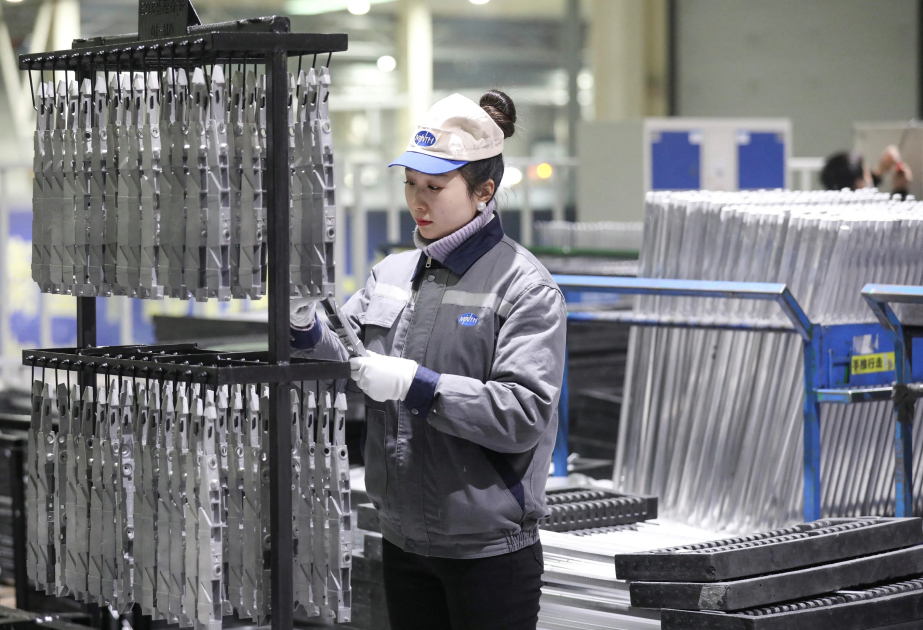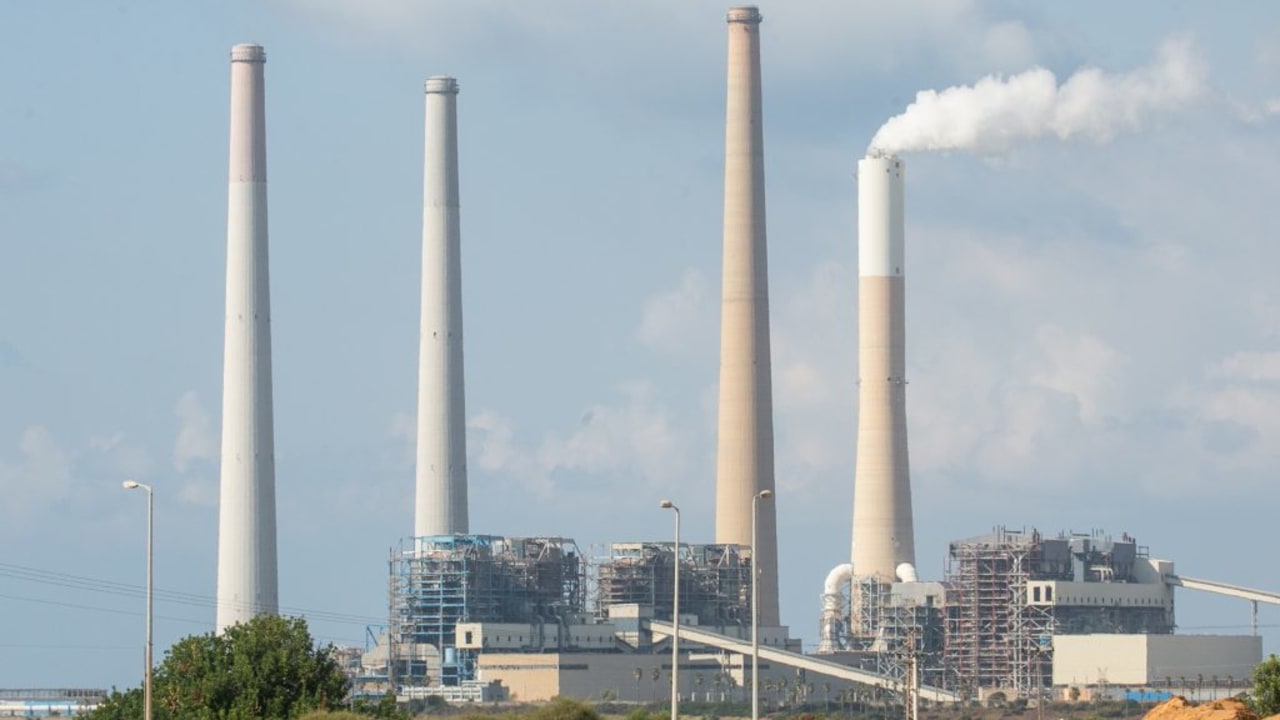The gold mining industry is struggling to sustain production growth as deposits of the yellow metal become harder to find, CNBC reports citing to the World Gold Council.
“We’ve seen record first quarter mine production in 2024 up 4% year on year. But the bigger picture, I think about mine production is that, effectively, it plateaued around 2016, 2018 and we’ve seen no growth since then,” WGC Chief Market Strategist John Reade said.
According to data from the international trade association, mine production inched up only 0.5% in 2023 compared to a year ago.
In 2022, the growth was 1.35% year on year, the year before it was 2.7%, while in 2020, global gold production logged the first decline in a decade, sliding 1%.
“I think the overwhelming story there is: after 10 years of rapid growth from around 2008, the mining industry is struggling to report sustained growth in production,” said Reade.
New gold deposits are becoming harder to find around the world as many prospective areas have already been explored, he elaborated.
Large-scale gold mining is capital-intensive, and requires significant exploration and development, taking an average of 10 to 20 years before a mine is ready for production, according to WGC.
Even during the exploration process, the likelihood of a discovery progressing into the development of a mine is low, with only about 10% of global gold discoveries containing sufficient metal to warrant mining.
Around 187,000 metric tons of gold has been mined to date, with the majority coming from China, South Africa and Australia. Gold reserves that can be excavated are estimated at around 57,000 tonnes, according to the United States Geological Survey.




.webp)












